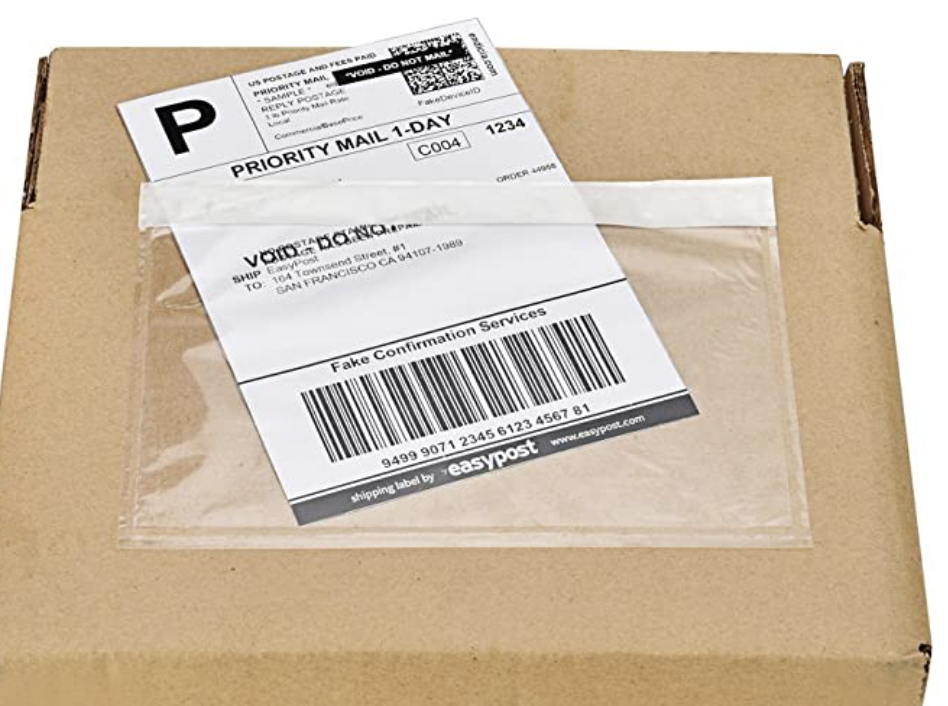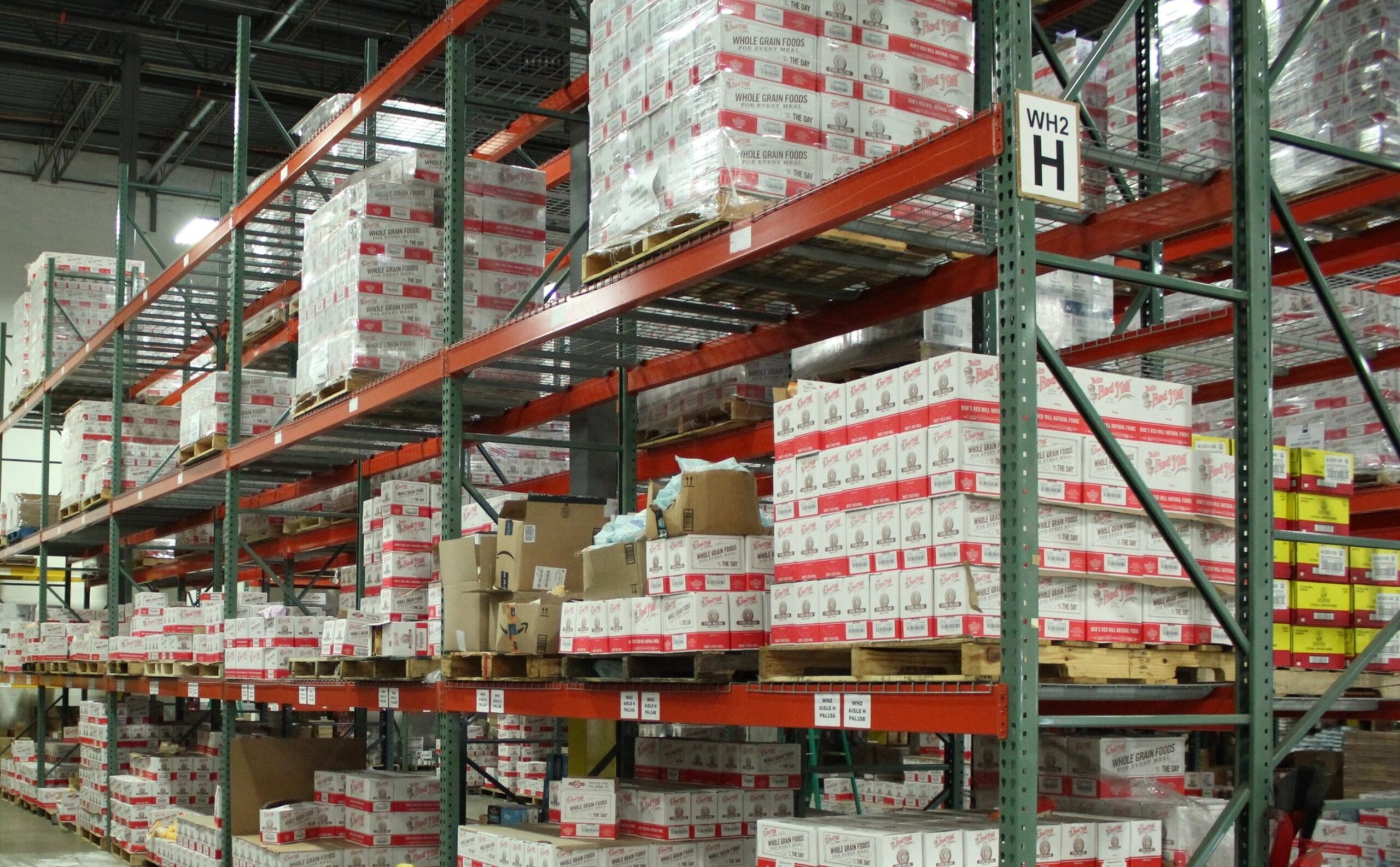Contents

Packing slips serve an important purpose, both for businesses and customers.
A packing slip lists all the items that are included in a package as well as the recipient’s information. As employees pack up the shipment, they use the packing slip to ensure that all the required items are included and to confirm the package’s destination. This helps to prevent packaging and shipping errors.
While packing slips aren’t included across the board like they once were, the majority of companies still include packing slips in their shipments to customers.
What Is a Packing Slip?
A packing slip is simply a sheet of paper that lists all the items in a package.
Generally, the sender will use a packing slip to confirm that all items — and the correct items — are in the package. The recipient can also use the packing slip to confirm they received the correct items.
While you can ship items out without a packing slip, it does increase the likelihood of mistakes with packaging. This means customers are more likely to be missing items or to receive items they shouldn’t if a packing slip isn’t used.
What Should Be Included on a Packing Slip
A packing slip generally includes the following:
- Order number and recipient info: This generally includes the recipient’s name, address, and contact information (phone number or email address). In addition, the order number will usually be listed. If the recipient is different from the buyer, such as in the case of a gift, the sender’s information may be included.
- An itemized list of all products: The package recipient can first use the packing slip to confirm they received everything listed there. They can then compare this packing slip to their order email to confirm it matches.
The product list will often include the name of the item and a SKU number for it. This prevents confusion if some product names are similar. If there is an issue with your order, the seller will often request that you give them the SKU for the product in question rather than the item name. - Quantity of each item: If multiple versions of one item are included in a package, it can get confusing. A packing slip can help to keep the order organized, ensuring that the right number of each item is included.
Most packing slips include two quantity columns: one for the quantity ordered and one for the quantity shipped. If an item is back-ordered, the customer may have a lesser number shipped to them than they ordered. The remainder of the order will likely come at a later time.
Why Packing Slips Are Important
Packing slips serve a number of purposes for both buyers and sellers.
- Packing slips allow for quick quality control checks. The initial packer can use the packing slip to pack the box. They can then use the packing slip to double-check that the order is correct before sealing up the box.
Some e-commerce retailers have a different employee check the package before it is sealed. This just adds another layer of quality control that can be implemented quickly and easily with a packing slip. - Packing slips help recipients confirm they receive all items. With a packing slip, buyers can quickly identify missing items. This can be particularly helpful if an order is split up among multiple packages. Packing slips will often reference the items that will be shipped separately.
- Packing slips reduce shipping mistakes. The shipping label needs to match the shipping address on the order. A packing slip provides an easy way for employees to cross-check that the addresses are the same. Without a packing slip, there is a higher likelihood that a wrong shipping label may be attached to a package.
- Packing slips can simplify the return and exchange process. Returns and exchanges are just part of running an e-commerce business. They can require a lot more employee time if the process is not organized.
A packing slip can keep the returns/exchanges process organized since customers can quickly see their order number and the SKU numbers for each product. Otherwise, it can take a lot of time for employees and the customer to correctly identify the order as well as the specific items that are being returned or exchanged.
How Is a Packing Slip Different Than an Invoice?
Packing slips and invoices share a lot of the same information, but they are also different in some ways. Each business determines the specific information they will include on their packing slips and invoices, so there isn’t a set standard that is the same for everyone. Because of this, one company’s invoices could look very similar to another company’s packing slips.
Generally, an invoice will list the individual prices of each item purchase, any discounts that were given or coupons used, taxes, shipping fees, and the invoice total. It will also include the order date, package shipping date, and method of payment. Some businesses may include additional information on their invoices, such as shipping information.
Packing slips do not generally include pricing information or an order total. Instead, they are used to confirm the items in the package are present. Whereas customers often keep an invoice for future reference, they don’t generally need to hang onto packing slips once they have confirmed all items listed are present in the parcel.
How to Maximize the Impact of Your Packing Slips
While a packing slip serves a distinct purpose, you can make it work for your business in other ways. It’s another opportunity to get your business name and branding in front of customers. It can work like a billboard for your products or services, so don’t miss out on that opportunity.
Consider customized packing slips that beautifully display your company’s name, logo, and other branding information. You can even use a portion of the packing slip to highlight any upcoming specials or promotions. In this way, your packing slip can do double duty, helping to solidify your company in customers’ minds and even increase future sales if they are interested in any upcoming deals.
No matter how you design your packing slips, remember that they are another customer touchpoint where you should put your best foot forward. Make sure the packing slip design is clear and organized, so there is no confusion about what is included in the package.




